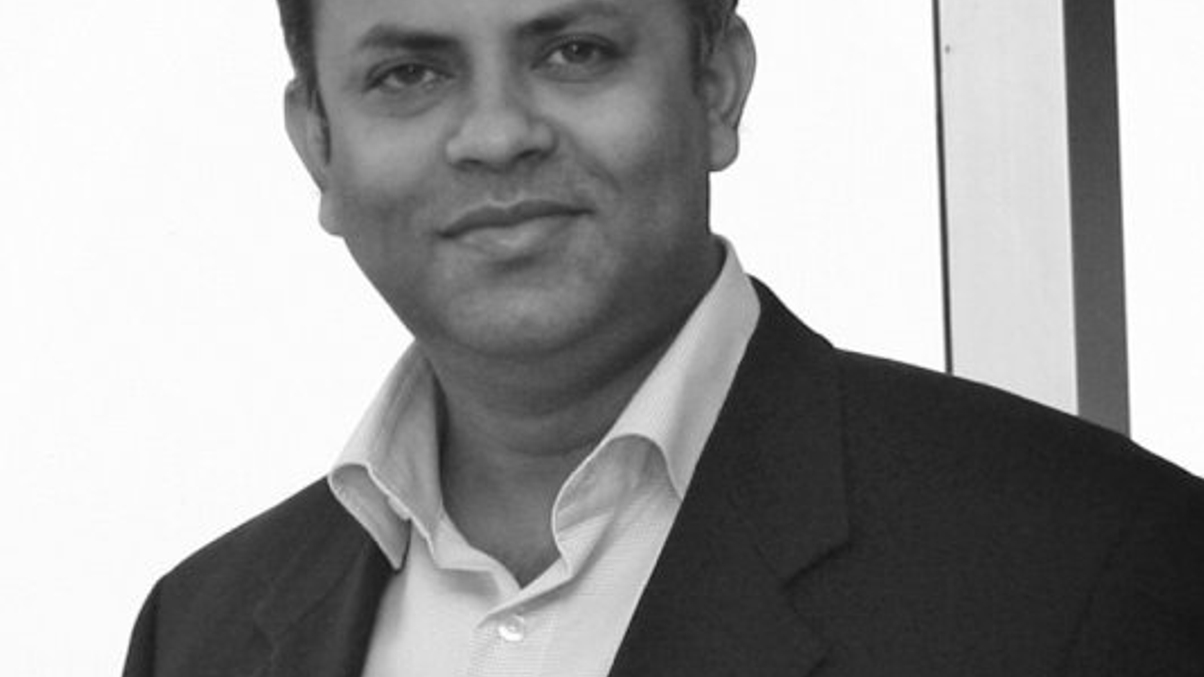Firms vie to offer Bangladesh exposure
It is very early days for investors to allocate to this frontier market separately, but some firms have taken up the challenge of providing access, including one imminent new player.

Bangladesh forms part of what Goldman Sachs termed the ‘next 11’ most important emerging markets after the Brics, but it faces major hurdles both for investors and those who would provide them with exposure.
Sign In to Your Account
Access Exclusive AsianInvestor Content!
Please sign in to your subscription to unlock full access to our premium AI resources.
Free Registration & 7-Day Trial
Register now to enjoy a 7-day free trial—no registration fees required. Click the link to get started.
Note: This free trial is a one-time offer.
¬ Haymarket Media Limited. All rights reserved.


